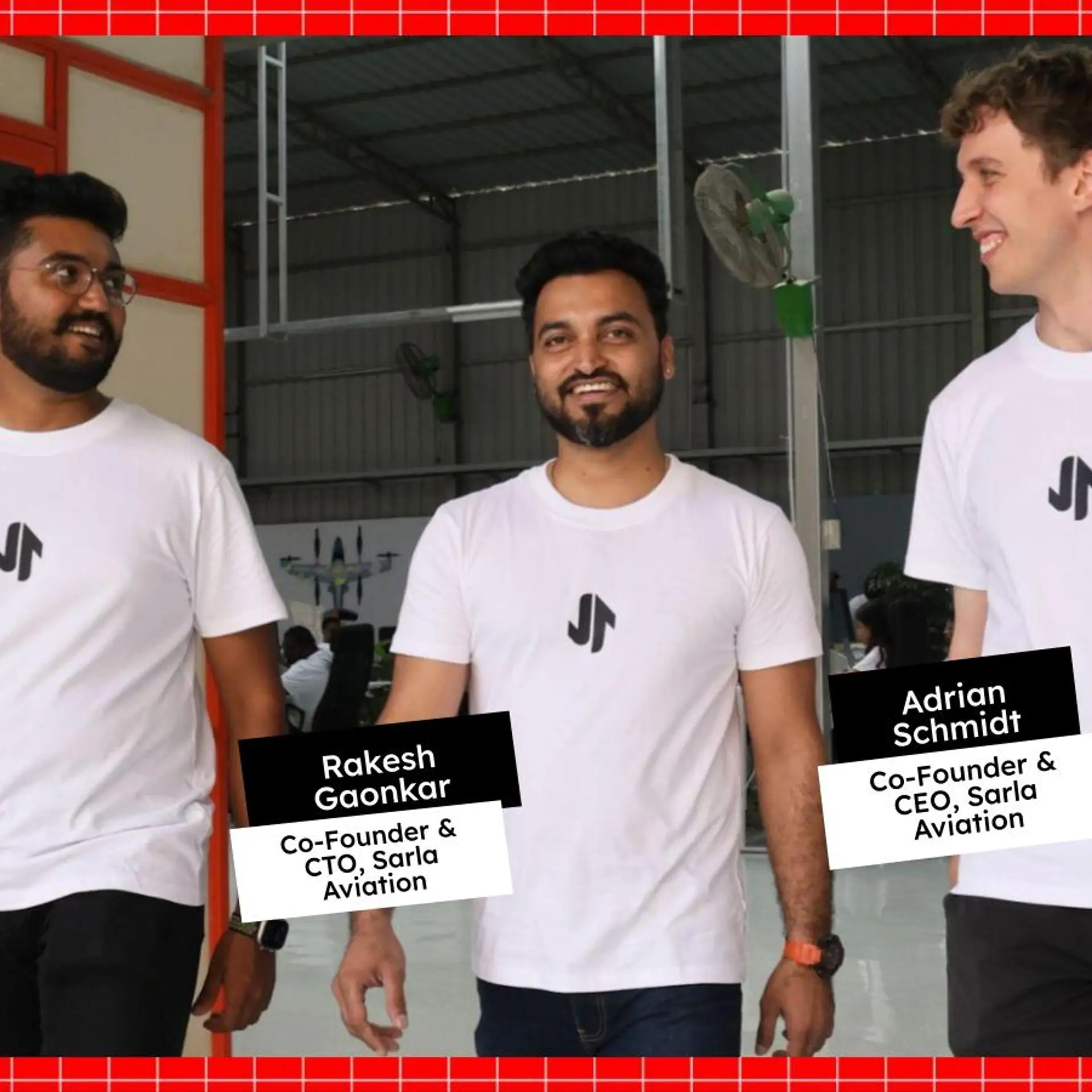Proximity based marketing solutions – integrating the physical and the digital
Old and traditional retail business models have been first challenged and later forced to move on to faster, efficient and agile systems. These have been supported by emerging technologies for smooth operations and better profitability. The high-tech business solution like Proximity Based Marketing is one such lesser explored and professionally executed area.

Marketing principles have always advocated the portrayal of right information at the right time to the right person i.e. targeted communication. Technology has made the identification of “right” a dynamic, self-perpetuating process. Customers can be approached almost individually based on their location, online activity or use of certain applications all through the pervasive handheld device - the smartphone.
Traditionally, retail has struggled with customer engagement in the physical domain. The content interactivity and richness available in the digital world along with precision customer targeting becomes powerless and limited in the physical domain.
Standees and product booths handing out free sample have limitations when it comes to continuous and sustained customer engagement. Proximity Based Marketing (PBM) solutions help in mitigating this shortcoming. They support in the seamless blending of the digital and physical experience of a retail shopper. In the simplest sense, they use technology elements available in most handheld devices to provide targeted information based on physical location inside and around the store.
From the marketing perspective, the use of PBMs is for two goals - attracting and engaging customers at the retail site. PBMs considers both location and customer preference while sending out messages. Hence, they enhance the individual shopping experience by sending relevant information at timed intervals through segregation. Secondly, they bridge the gap between the physical location and the online world through features such as online check-ins and hashtags.
Research has suggested that the stronger the online presence of a brand, greater is the pull of customers into the physical site. However continuous reinforcement and targeted communication is needed to ensure that the pull translates into a store entry and a purchase. A relevant offer near a store location ranks high on “rightness” and has a far better chance of conversion. (72 percent of customers respond to call-to-action (CTA) when physically within the retail site). PBM solutions can sense potential customer presence within 200 feet of a store location and send out targeted messages.

PBM can also help in pre-empting a potential customer demand. In the online space, re-marketing ensures that customers are continually bombarded with potential items till a final sale happens. Translating this into a physical site is costly as it requires additional physical resources and has a higher chance of customer apathy. PBMs can sense customer presence in certain areas, identify patterns synonymous with likely purchase and hence send out targeted information on products. To add to this, there are multiple PBM options available which a retailer can choose from.
There are multiple PBM solutions available in the market such as Bluetooth Low Energy (BLE), Geofence and Near Field Communication (NFC). Each of these work in a specific manner to engage with customers. For instance, BLE is usually transmitted through beacons in the form of radio waves to nearby mobile devices within a specified range. It identifies consumers around a location by sending BLE signals and triggers responses in applications on the phone through the beacons. Hence, the application is the interface to consumers and the BLE triggers the response from this interface. The messages, however, are not personalised but rather are predefined messages sent based on the proximity of the consumer’s phone. BLEs hence are enablers for a targeted pull strategy.
BLEs are a relatively new method of proximity-based marketing and have grown in popularity with retailers in the last few years.
It is estimated that their use will increase by nearly three folds in the next three years. It. One of the reasons for this surge in use of BLEs is that they are device agnostic. They connect with devices of nearly all operating systems such as iOS, Android and even Linux. In addition to this, their range can extend to hundreds of metres and hence the retailer can choose a device based his target of customers, within the retail store, in a nearby building or just walking by. Each beacon roughly costs $20 based on range, and often retailers can cover a wide range with a small number of beacons by positioning them appropriately.
Geofences are another type of PBM and have been in use for some time now. They use the GPS systems or radio frequency identification to define boundaries of “fences”. When customers enter a “fence” they are identified by their device and messages are sent to them. These are typically in the form of promos or coupons. Geofences, typically require the GPS of a device to be one for detection and hence lead to a huge battery power loss from the customers' devices. Since they use GPS, their efficacy within a store is limited, BLEs are much more effective in this case. However, BLEs, on the other hand, are merely broadcast devices. They broadcast signals that trigger certain pre-defined actions on the beacon-enabled apps of a device.

NFC is a method that transfers data wirelessly without the need of wireless connectivity. This is done using an NFC chip that is present in some smart devices and can be used to transfer data. This can be used to send promotions, hold competitions and conduct surveys. NFCs have relatively low start-up costs with respect to the hardware and customisation as compared to BLE and Geofences, with each NFC tag costing about $0.02-0.60 based on the specification. Also, they have low operating costs incurred primarily in the maintenance of the application that runs campaigns and connects to customers. The range of NFCs, however, is low (about 50 feet) as compared to Geofences and BLEs.
The selection of a PBM is a challenging task and is a function of the retail strategy. The critical aspects to consider while the selection of the PBM can be broadly categorised in three areas of the technology (maturity, compatibility, the range of operation, consumer awareness and propensity to use), desired customer experience (a push or pull experience) and cost (start-up, deployment and maintenance). Using multiple PBMs may lead to a better impact than using one just solution. Geofence could be used in the larger space, outside of a retail site to mitigate their accuracy and precision limitations. For instance, Geofence may broadcast a message of “Parking available”, when a device is a few buildings away from the retail site. A beacon, in this case, may not be effective from the cost and deployment perspective. If the response to the “Parking available”, notification leads to a movement towards the retail site, then it indicates an interested customer. Here a beacon can take over. Hence BLEs may be deployed within a range of a Geofence to send targeted messages, thereby enhancing the effectiveness of each solution.
In addition to the benefits of customer engagement specifically form a marketing standpoint, there is a spillover effect of PBM in the operational side of the retail business. Items must be tagged for using certain PBM solutions.
The tagging may happen at the category or the SKU level depending on the planned size of the investment. However, in either cases, benefits pay back quickly. Once items are tagged, they can be tracked within and outside the store. This leads to better inventory management and reduced loss due to damage or misplacement.
Insights also indicate measures for enhancement of the store layout depending on the movement of items within the store. Hence, PBMs are hence a tool to market a brand in multiple ways. They effectively combine physical and virtual networks & locations into a seamless interface that is personalized for every customer and interested buyer. They target customers based on previous activities, contacts, location and online searches to create a powerful message that recognises individual preference and effectively increases conversion for firms.
(Disclaimer: The views and opinions expressed in this article are those of the author and do not necessarily reflect the views of YourStory.)







